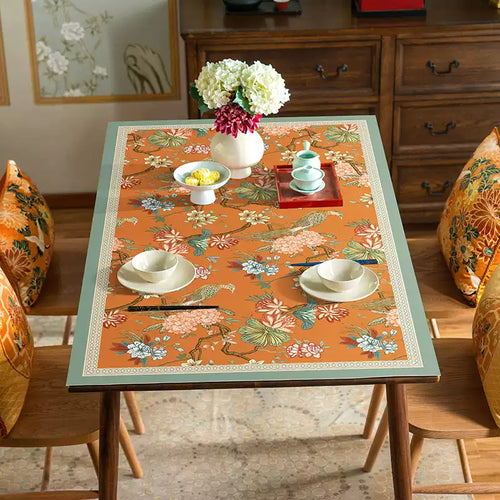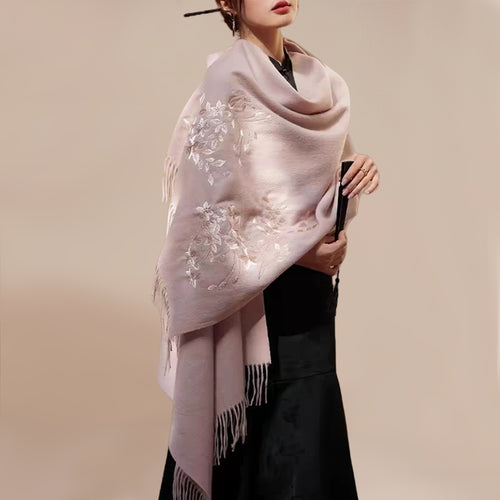Tea, an ancient and traditional beverage, embodies a deep-rooted cultural legacy. Originating from nature, it reflects the essence of natural surroundings. Taking a moment to lift the teapot can soothe the soul, offering a tranquil escape into the world of tea where inner peace is found and life's journey contemplated.


On the evening of November 29, 2022, China's application for "Traditional Chinese Tea-making Techniques and Related Customs" was officially inscribed on UNESCO's Representative List of the Intangible Cultural Heritage of Humanity. This recognition underscores the growing prominence of tea culture.
On September 17, 2023, China's "Puer Jingmai Mountain Ancient Tea Forest Cultural Landscape" was included in the World Heritage List, marking it as the world's first tea-themed cultural heritage site. The cultural value and significance of tea culture continue to flourish.

In today's world, especially among the younger generation, there is a renewed call to embrace and preserve traditional Chinese culture, particularly the art of tea.
Books on Tea Culture:
-
The Classic of Tea by Lu Yu: This ancient text meticulously details the cultivation, production, brewing techniques, and the essence of tea ceremony, revered as a sacred tome of tea wisdom.
-
Da Guan Cha Lun by Emperor Huizong of Song: Explores the origins, development, and societal role of tea culture from a cultural and historical perspective.
-
Cha Lu by Cai Xiang: A comprehensive study dedicated to tea culture, covering types of tea, production of tea utensils, and brewing methods.

Ancient Customs Associated with Tea:
-
Tea Art Performances: Master tea artisans showcase meticulous brewing techniques and unique movements, demonstrating the essence of tea ceremony and the use of tea utensils.
-
Tea Gatherings: Social gatherings mediated through tea, commonly practiced among ancient literati and scholars, often held in refined tea rooms or gardens.
-
Tea Poetry and Songs: Literary forms centered around tea, widely circulated among ancient Chinese literati and scholars.
-
Tea Art Competitions: Competitions showcasing the skills of tea artisans.
Traditional Tea-making Process:
- Picking
- Withering
- Fixing (Kill Green)
- Rolling
- Fermenting
- Drying
- Grading and Packaging





The actual tea-making process varies depending on the type of tea, its origin, and specific production methods.
Understanding and Upholding:
-
Profound History of Tea: Since ancient times, tea has been celebrated as the "drink of heaven and earth."
-
Aesthetic Value of Tea: With unique aromas, flavors, and colors, tea allows appreciation of the wonders of nature and harmony between humans and the environment.
-
Modern Inheritance of Traditional Culture: Embracing the wisdom and virtues passed down through traditional culture.

By learning and preserving tea culture, one discovers its unique charm and enriches life with tranquility and freedom. Life gains deeper meaning and refinement, infused with the essence of tea.





































